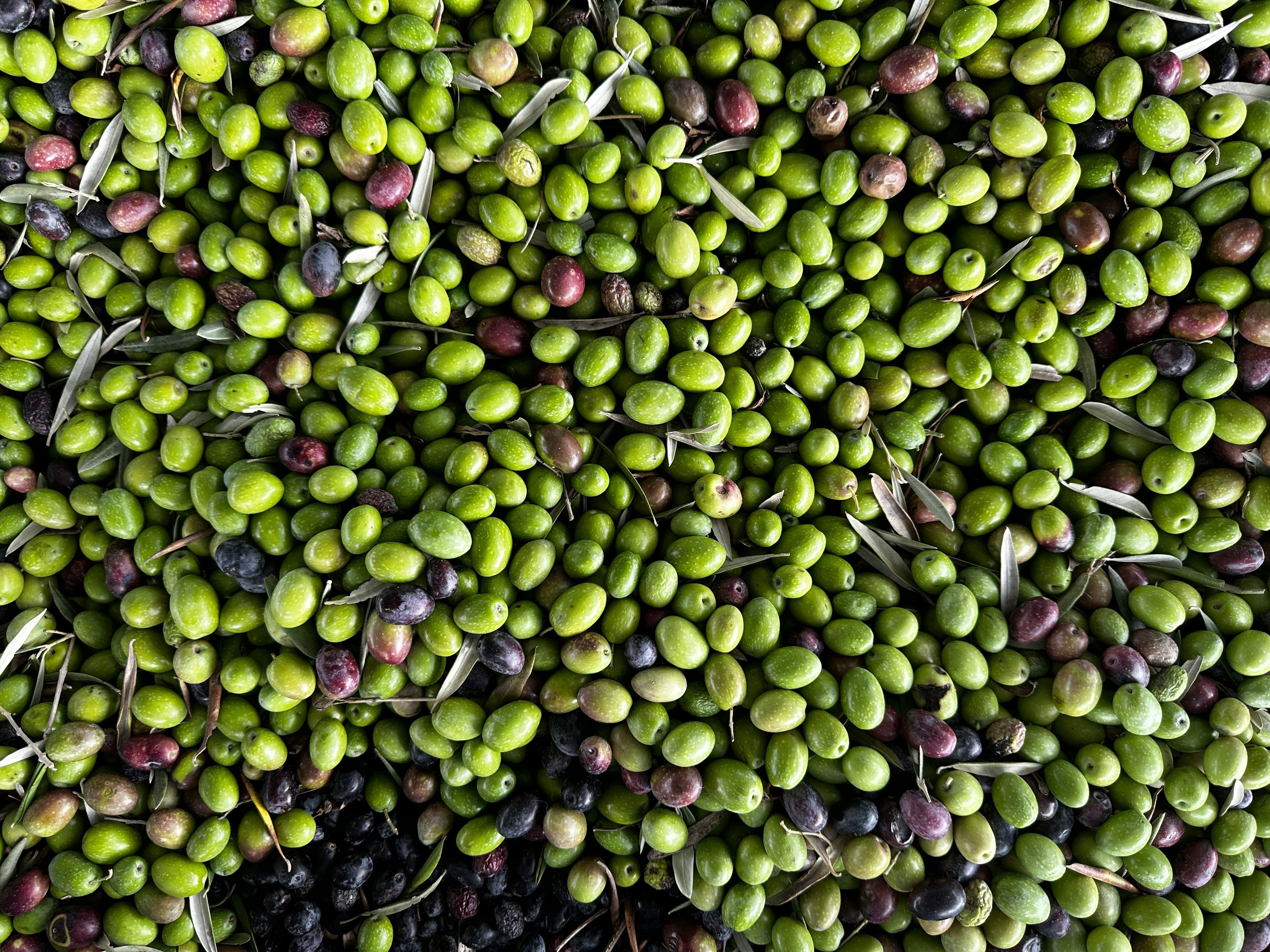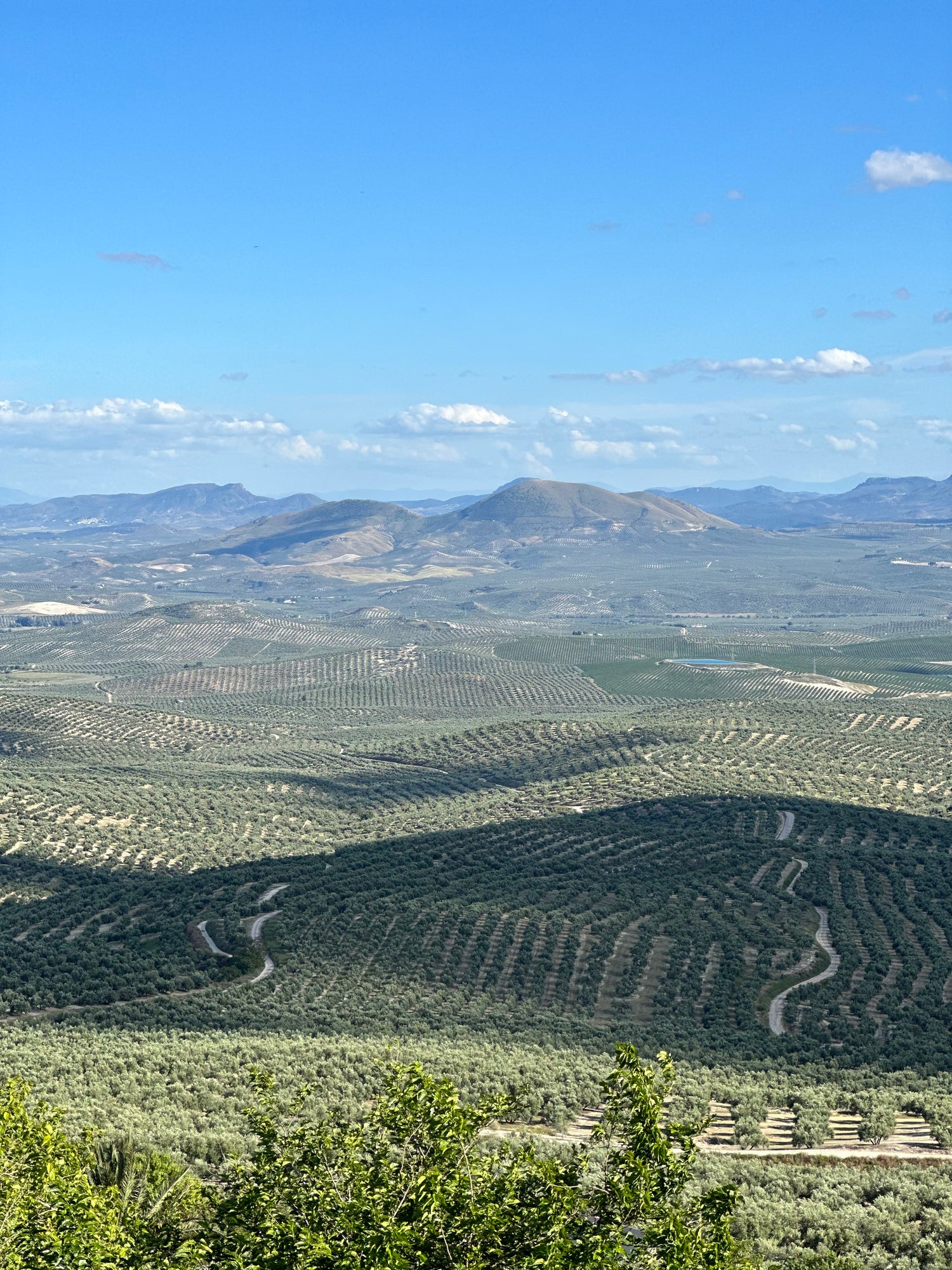
EVOO 101
Why Extra Virgin Olive Oil?
That peppery finish in the back of your throat when you taste an extra virgin olive oil? It comes from polyphenols - antioxidants with anti-inflammatory properties associated with a lower risk of heart disease. Olives contain polyphenols and the natural process for making extra virgin olive oils allows all of the health benefits of the olive to remain in place. Regular olive oil does not.
One indicator of Extra Virgin Olive Oil is Acidity level. Strict international standards dictate that the acidity level must be no higher than 0.8 percent.

THE FLAVOUR PRINCIPLES
The flavour of olive oil will depend on the variety of olives used, where they are grown and when they are picked. Olives from a cooler climate tend to produce an elegant and lighter tasting oil The Arbequina Olive is a good example of this. Use these olive oils for Salad Dressings and milder dishes.
Olives from more southern locations will produce a stronger more robust oil often with a very peppery finish. These are great with heartier food including meats, hearty root vegetables, strong greens and drizzled on soups.
Olives that are picked while still green – known as “Early Harvest” – will produce less oil but better quality with a higher amount of precious polyphenols.

HOW TO READ THE LABEL
Variety of Olive: Many of the best oils are Monocultivars – made with only one variety. The best olive oils will indicate olive variety.
Estate: Olives are pressed and bottled on the grove where they are picked. Usually the same day.
Country of Origin: Many lesser quality oils state “packed in” but this is not necessarily where the olives originate from.
Harvest Date: Qualtiy producers will include the harvest date. The more specific the date, the better.
Best Before: Generally olive oil is best before 18 to 24 months from the date it is bottled.
Acidity: Many producers note when their acidity level is less than required to meet international standards
